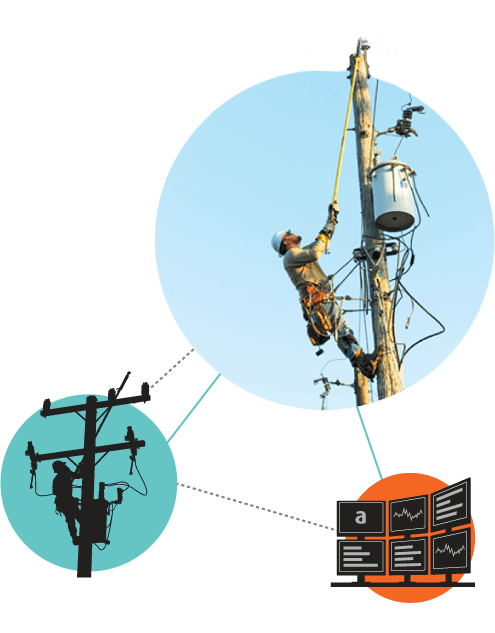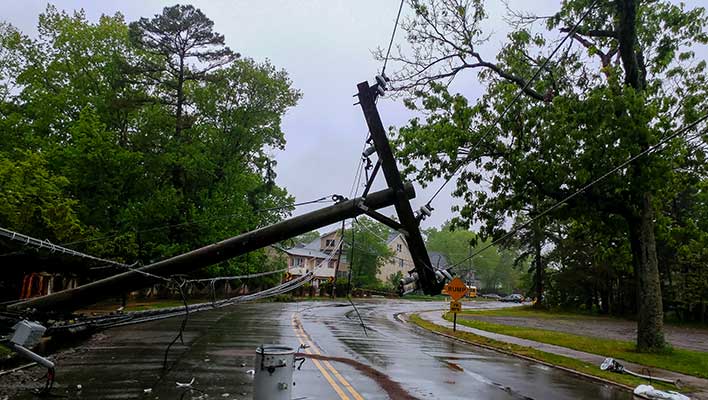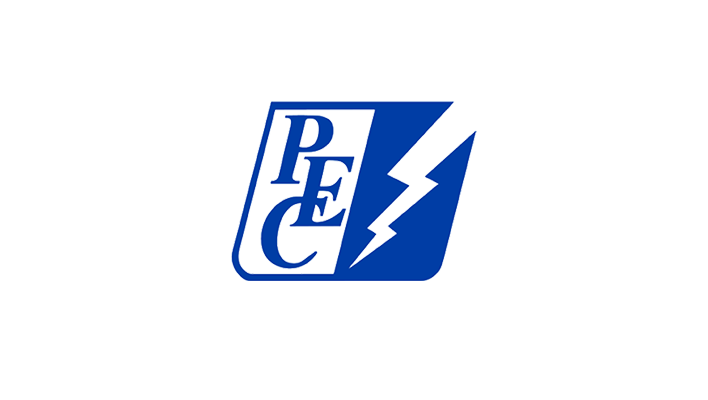Columbia Gas Companies, NiSource
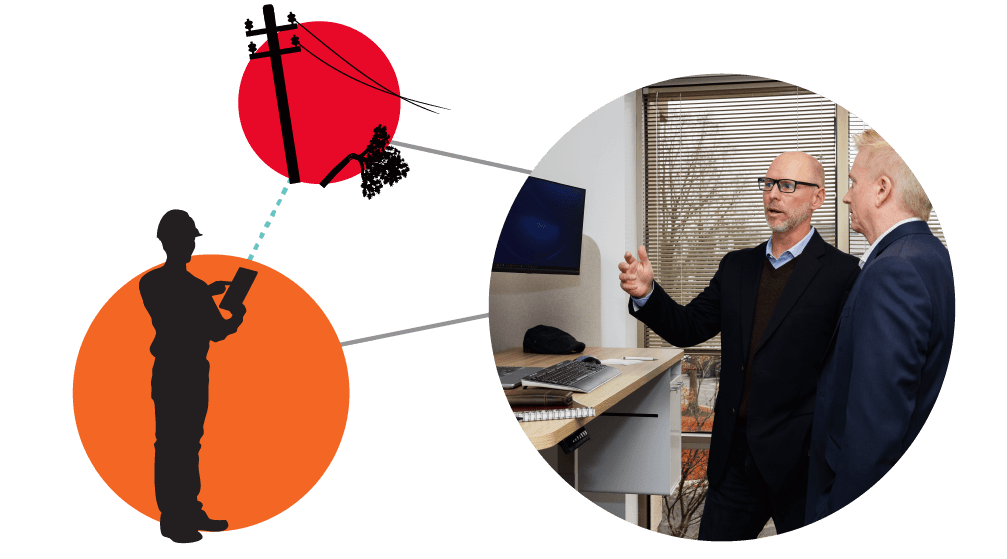
NiSource Prioritizes Workers Closest to the Trouble and Increases Crew Acceptance
Callout Response Increases and Dispatchers Time Saved
3.3M
Customers Impacted
60K
Miles of Pipeline Served
18%
Callout Acceptance Improvement
3
Average. Hours
Saved Per Night
Inspiration For Change
Automatically Knowing Who’s Closest to the Customer
NiSource Gas Distribution operations provides natural gas to more than 3.3 million residential, commercial and industrial customers via 60,000 miles of pipeline in Ohio, Pennsylvania, Virginia, Kentucky, Maryland, Indiana and Massachusetts. During normal business hours, the Columbia Gas companies of NiSource rely on a mobile data solution for scheduling and dispatching. After normal business hours, the utility employs a cloud-based automated callout process to locate responders and crews available to work in an emergency
Challenges
- Previously, the order of callouts, as is the case with most utilities, was based on a combination of things, including overtime hours and worker seniority. Dispatchers poured over lists to reach available workers for after-hours events.
- Dispatchers might, on average, find an available technician 40 percent of the time after the first call. In the other 60 percent of cases, a dispatcher might call three more people for each event, at two minutes per call , to find one available technician.
- Managers wanted to map the location of available technicians relative to a customer in need. The technician’s drive-time to the emergency was rarely taken into account when deciding whom to call. Mapping the distance as “the crow flies” wouldn’t
help dispatchers or responders determine the closest available resource. - The closest technician wasn’t always the one in the highest state of readiness. If a technician lived eight miles from a customer in need but the technician living 10 miles away was in a higher state of readiness, Columbia Gas wanted to choose the person located slightly farther away.
With ARCOS, a dispatcher gets a response immediately... this saves an additional four to six minutes.
Solution
With the ARCOS Callout and Scheduling Suite, a Columbia Gas companies dispatcher gets a response immediately after engaging the solution; this saves an additional four to six minutes, which can get a responder to the scene faster or enable a responder further away to arrive within a time window. Approximately 1,600 employees, including meter technicians, pipefitters, service technicians and others qualified to respond to a gas emergency are accessible after hours via the automated callout system.
Columbia Gas companies also worked with ARCOS employees to develop a feature for calculating driving time and distances. The proximity feature, called Closest to the Trouble (CTT), automatically orders the technician call list based on how close workers are to an emergency. Dispatchers input an address, see a map of the closest available technicians, and press a button to have the system make calls. CTT reduces not only a Columbia Gas technician’s response time, but also the travel time to the customer’s location.
CTT ensures that, if an available Columbia Gas technician lives in the same neighborhood as a customer with an emergency, Columbia Gas sends the neighborhood technician before reaching farther afield for support.
Also, Columbia Gas and ARCOS developed a new function called “Bull’s-eye.” Bull’s-eye solved the business problem that was brought about by CTT. Namely, sometimes the closest available technician isn’t the technician in the highest state of readiness. For example, a technician a mile closer to a trouble location may be at a family gathering or asleep. Bull’s-eye strikes a balance between readiness and distance for Columbia Gas managers, workers and customers.
Benefits Realized
Columbia Gas of Kentucky, one of the first NiSource companies to roll out ARCOS, says it saw its after-hours callout response time drop immediately. After the initial implementation, the Columbia Gas companies expanded the use of the automated callout system across 24 of its operating areas.
With the Bull’s-eye feature in place, Columbia Gas has seen an 18 percent increase in acceptance rates by individuals. Bull’s eye doesn’t typically exceed a 15-mile radius, but within that radius, the utility can reach technicians faster and call them with a request that could be affecting their community and neighbors. Within the first month of implementing Bull’s-eye, Columbia Gas saw responses that were two to four minutes faster than the month prior to putting the solution in place.
With the automated callout solution, CTT and Bull’s-eye features in place for the majority of operating areas within Columbia Gas, the utility has saved its dispatchers two to four hours per night. This enables dispatchers to more quickly and efficiently route orders to the field, provide more thorough customer information to technicians and monitor or pinpoint leaks.
Company Background
NiSource is one of Ohio’s leading energy companies, with nearly 1,000 employees dedicated to providing customers with the services they need every day. Headquartered in Columbus, they are the largest provider of natural gas service in the state. They are one of the six energy delivery companies of NiSource, who together provide essential natural gas and electric service to nearly 4 million customers.
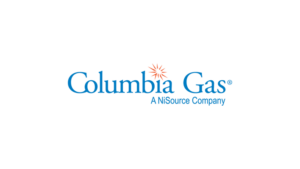
Related Success Stories
- Case Study
One of the Nation’s Most Efficient Electric Utilities Restores Service Faster
- Case Study
Electric Utilities Restore Quickly and Safely After Devastating Hurricane
- Case Study
Electric Distribution Coop Drives Clear Operational Awareness
